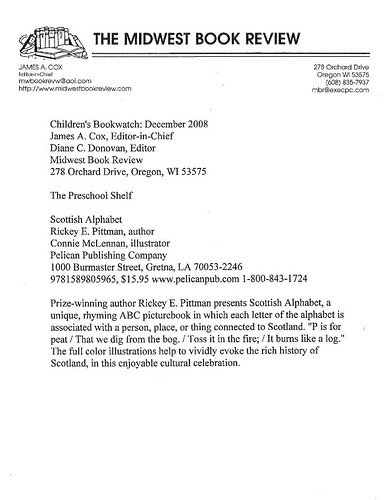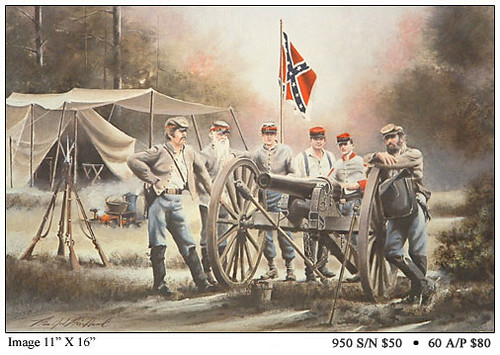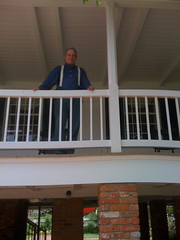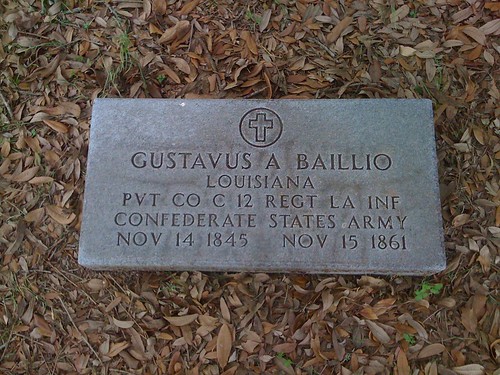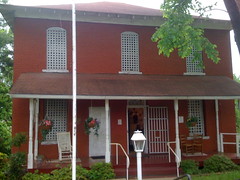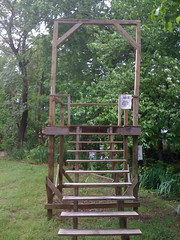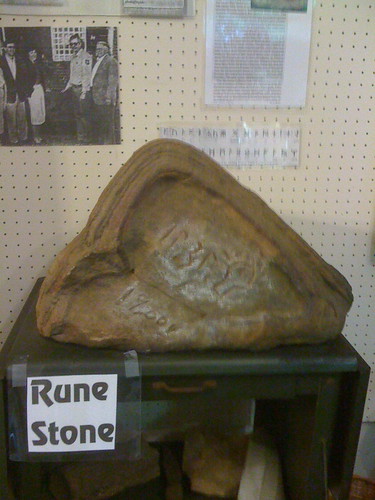NEWS:
I understand a virus is ravaging Facebook. I am on Facebook, but even though I use a MAC, which is generally virus resistant, I think I’ll lay off a while until the virus is handled or I learn what to watch out for. I’ll soon have a new book out that I’ve edited. It’s called, Biography of a Sea Captain’s Life: Written by Himself. It’s the memoirs of W.C. Flanders that I edited for the Seegers family. I’m still intending to burn up the roads this next school year presenting stories and songs. I’m enjoying my online teaching job(s) tremendously. In July, I’ll be in Durant, OK for the Shakespeare Festival there and in Hot Springs Arkansas the last week of July for the Sons of Confederate Veterans National Convention.
A Place So Far from Texas
This blog entry is an article I wrote for TGIF Weekend Bandit, a small paper in North Texas. I thought I’d include it on my blog. See also August 14, 2006 for the lyrics to my song about Point Lookout, “Cry, Little Artillery Man.”
If you go to http://www.plpow.com/ you will find information on Point Lookout, a Prison Camp for Confederates from 1863 to 1865 in the state of Maryland during the War for Southern Independence. Point Lookout was a genocidal, ethnic cleansing, concentration camp filled with federal atrocities that housed over 52,000 Southerners, with a death count of over 14,000. The site is devoted to many of the stories of the War Between the States that are left out of the history books. “The tale of the camp,” writes Edwin Warfield Beitzell in his book, Point Lookout, Prison Camp for Confederates, “is a horrid story to tell. It is a story of cruel decisions in high places, a story of diarrhea, dysentery, typhoid and typhus, of burning sands and freezing cold in rotten tents. It is a story of senseless shootings by guards. It is a story of the despair and death . . .” Yes, and many Texas men were sent there and died there. As we appreciate our beautiful state, we should understand the pain that these men felt, suffering and dying in that place so far from Texas.
I hope you’ll check out the site and learn a little bit about this camp. Here is a photo of the camp and a photo of the officers who ran the camp, Brig. General James Barnes and Staff. The photos are from a site devoted to Southern Maryland: http://photos.somd.com/showgallery.php/cat/591
Here are two quotes on the site’s (Point Lookout) first page that will give us a little to think about.
Everyone should do all in his power to collect and disseminate the truth, in the hope that it may find a place in history and descend to posterity … Gen. Robert E. Lee
Nothing fills me with deeper sadness than to see a southerner apologize for the defense we made for our heritage… President Jefferson Davis.
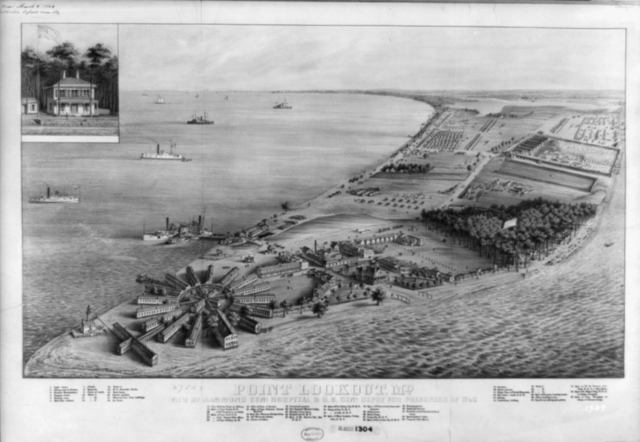
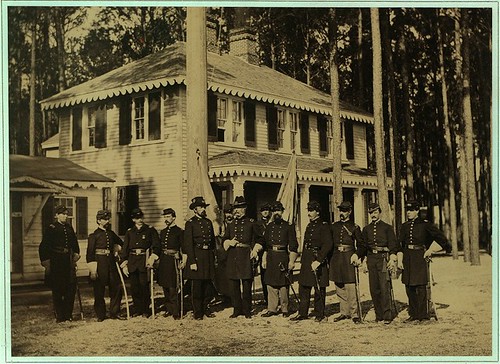
Point Lookout Staff


